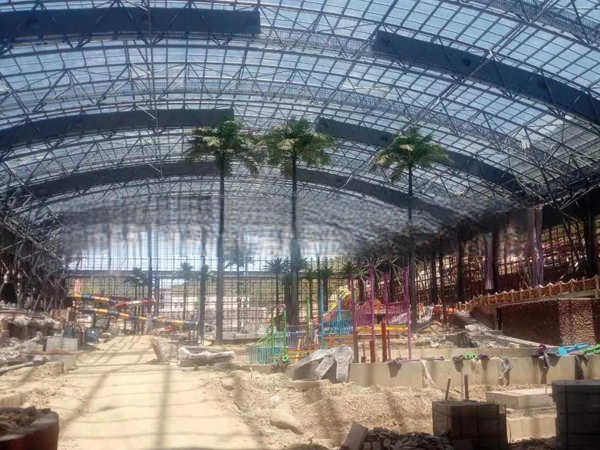Packing Simulation Tree: A Helpful Tool for Packaging Engineers
Packaging plays a critical role in protecting and preserving products during transportation, storage, and display. Packaging engineers need to ensure that the packaging materials and design meet various requirements, such as safety, sustainability, branding, and cost-effectiveness. To achieve these goals, many packaging engineers use pack zha stu or packing simulation tree, which is a computer-aided design (CAD) software application that can predict the performance of packaging under different conditions. In this article, we will explore the benefits and limitations of pack zha stu and provide some practical tips for using it effectively.
1. What is pack zha stu?
Pack zha stu is a three-dimensional model of a package and its contents, which can simulate various forces and movements during transportation and handling. The model consists of a solid or surface representation of the package and a set of parameters that define the material properties, filling level, and orientation. The simulation software uses algorithms to calculate the stresses and strains that the package may encounter under different scenarios, such as vibration, drop, compression, and temperature. The results include graphics and numerical data that can help packaging engineers assess the package's performance, identify weak spots, and optimize the design.
2. Advantages of pack zha stu
Pack zha stu has several advantages over traditional methods of packaging design and testing. Firstly, it is a cost-effective and time-saving tool that can simulate a wide range of conditions and events that are difficult or impossible to replicate in real-world experiments. For example, pack zha stu can predict the effects of climate change, shipping routes, and human errors on the packaging performance, which can help packaging engineers make informed decisions about the design and materials. Secondly, pack zha stu can provide objective and quantitative data that can support the claims of safety, sustainability, and quality of the packaging. This data can also help packaging engineers communicate with other stakeholders, such as customers, regulators, and suppliers. Thirdly, pack zha stu can facilitate collaboration and innovation in packaging design, as it allows multiple designers and engineers to work on the same model, share ideas, and test hypotheses.
3. Limitations of pack zha stu
Despite its many advantages, pack zha stu also has some limitations that packaging engineers should be aware of. Firstly, pack zha stu requires accurate and representative input data, such as the physical properties of the packaging materials, the dimensions and weight of the product, and the expected conditions of use. If the input data is inaccurate, incomplete, or biased, the simulation results may be misleading or meaningless. Secondly, pack zha stu cannot replace real-world testing completely, as it cannot capture all the environmental and human factors that affect packaging performance. Therefore, pack zha stu should be used as a complementary tool to physical testing, not a substitute. Thirdly, pack zha stu may be subject to errors and uncertainties, such as modeling assumptions, numerical approximations, and software bugs. Therefore, packaging engineers should validate the simulation results against empirical data and use their professional judgment to interpret them.
4. Tips for using pack zha stu effectively
To make the most of pack zha stu, packaging engineers should follow some best practices and principles. Firstly, they should define clear and specific objectives for the simulation, such as reducing the damage rate, improving the sustainability score, or lowering the cost of materials. This will help them choose the appropriate simulation method, parameters, and criteria. Secondly, they should validate the input data and the model assumptions against real-world data or experiments, and document the source and quality of the data. This will help them avoid errors, biases, and inconsistencies in the simulation. Thirdly, they should interpret the simulation results in the context of the product's life cycle and the stakeholders' expectations and preferences. This will help them make informed and balanced decisions about the packaging design and materials. Finally, they should continuously improve the simulation model and the input databases based on feedback and learning from experience, and keep up-to-date with the latest developments in pack zha stu technology and methods.
Conclusion
Pack zha stu is a powerful and versatile tool for packaging engineers to predict, analyze, and optimize the performance of packaging under different conditions. As the global demand for safe, sustainable, and cost-effective packaging continues to grow, pack zha stu will become an increasingly valuable and necessary tool for the packaging industry. However, packaging engineers must also be aware of the limitations and challenges of pack zha stu and use it effectively and responsibly. With the right skills, knowledge, and mindset, packaging engineers can make pack zha stu a valuable ally in their quest for better packaging solutions.






